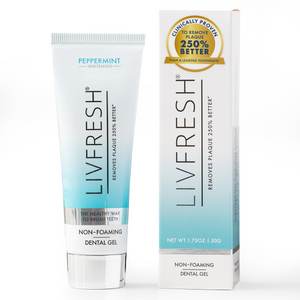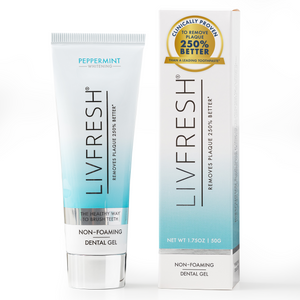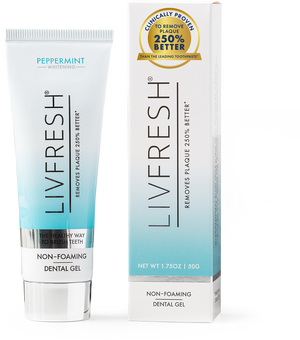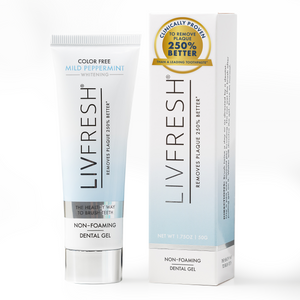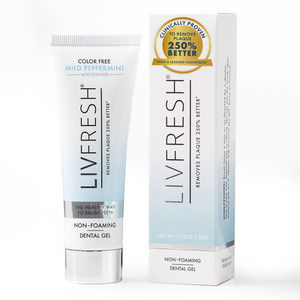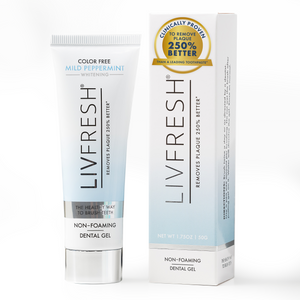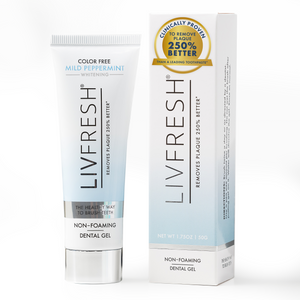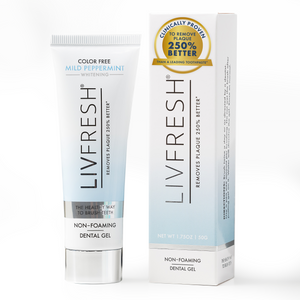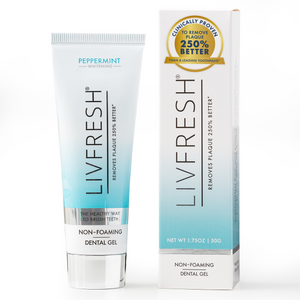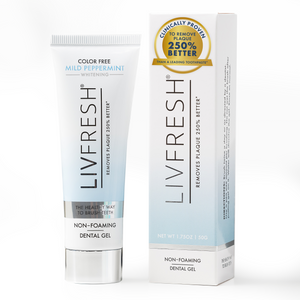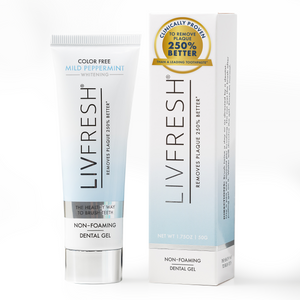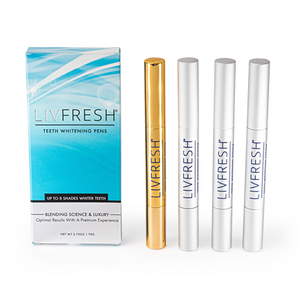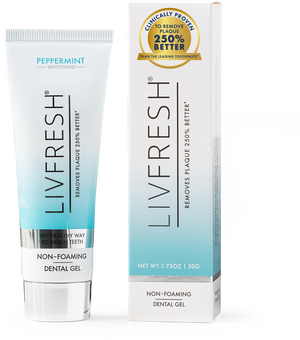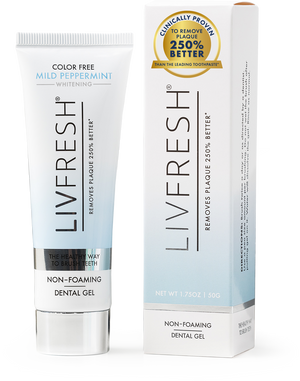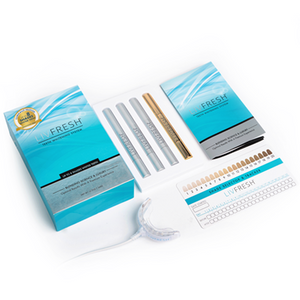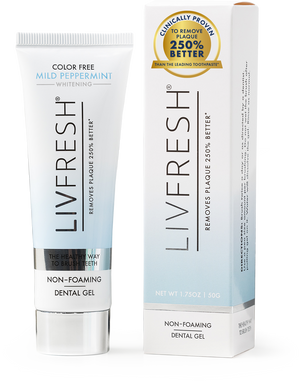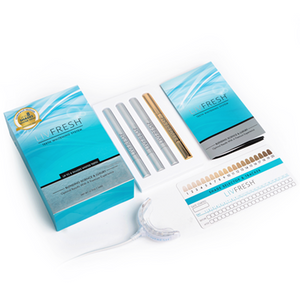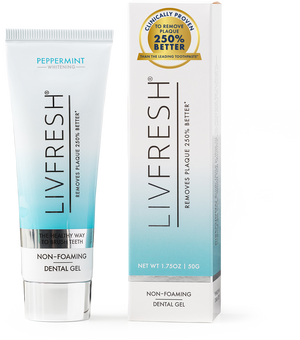Blog
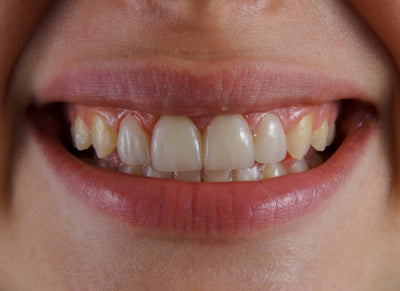
Niacinamide vs Fluoride Toothpaste
October 15, 2025
Fluoride has long been the go-to active ingredient in toothpaste, especially formulas focused on cavity prevention. It’s proven, and despite the concerns on its safety, it’s still the most popular...
Read More >

Fluoride vs Fluoride-Free Toothpaste
September 1, 2025
You’ve probably heard all the buzz around fluoride - more specifically, the concerns surrounding this common ingredient in toothpaste and other oral care products. It definitely has its place in...
Read More >

David’s Toothpaste Alternative
September 15, 2025
Fewer and fewer people are settling for drugstore toothpaste formulas. You have so many options at your disposal these days, including David’s Toothpaste - a popular fluoride-free formula. But once...
Read More >
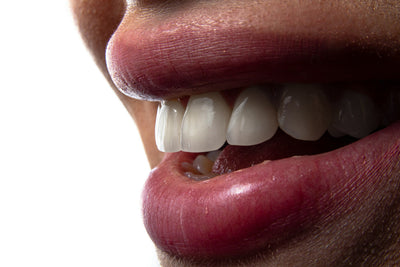
Boka Toothpaste Alternative
August 1, 2025
Your toothpaste shouldn’t be an afterthought. It’s the entire foundation of your oral care habits. That’s why if you’ve been using Boka toothpaste, it might be time to rethink your...
Read More >
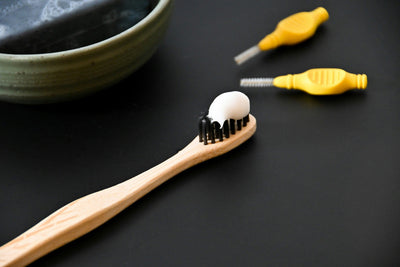
Boka vs Fygg Toothpaste: How Do They Compare to LIVFRESH?
August 15, 2025
The days of choosing between basic drugstore brand toothpastes are long gone. You have more options than ever before, and today’s toothpastes do more than leave you with clean teeth...
Read More >

Hello vs Native Toothpaste
July 1, 2025
The right toothpaste does way more than clean your teeth and freshen your breath. It can actively improve your oral hygiene by eliminating plaque and preventing gum recession - and...
Read More >

Hydroxyapatite Toothpaste vs Fluoride Toothpaste
July 15, 2025
You’re not alone if you want to know more about what’s in your toothpaste. We’ve seen a massive uptick in people researching oral care ingredients for two main reasons: They...
Read More >

Wellnesse Toothpaste Alternative
June 1, 2025
Wellnesse makes personal care products crafted by conscious consumers, for conscious consumers. The brand’s toothpaste is among its most popular offerings, with over a million tubes sold and 20,000+ 5-star...
Read More >

What Causes Cavities? 8 Common Causes of Cavities
June 15, 2025
Even those who take great care of their teeth stress about cavities as a dentist appointment looms ahead. You dread the idea of getting a filling, not just because it...
Read More >

Parodontax vs Sensodyne vs LIVFRESH Toothpaste
May 1, 2025
It’s not merely the act of brushing that cleans your teeth. It’s the toothpaste you use that actually removes plaque, prevents tartar, and eases gum discomfort. The problem is, very...
Read More >

LIVFRESH vs TartarEnd
May 15, 2025
Some people don’t think twice about the toothpaste they use. Whatever they lock eyes with at CVS first, that’s what they go home with. Others, like you, realize the right...
Read More >

Tom’s vs Hello Toothpaste: How Do They Compare to LIVFRESH?
April 1, 2025
Fewer people are settling for drugstore toothpastes, as more and more specialty brands introduce sophisticated formulas that go beyond just freshening your breath. Here at LIVFRESH we’ve developed a patented...
Read More >
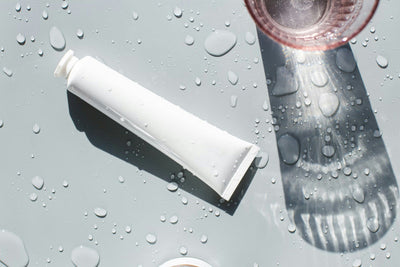
LIVFRESH vs Boka vs RiseWell Toothpaste
April 15, 2025
The right toothpaste does more than merely clean your teeth. It makes a lasting impact on your oral health overall, from plaque removal (and prevention) to gum support. Not to...
Read More >
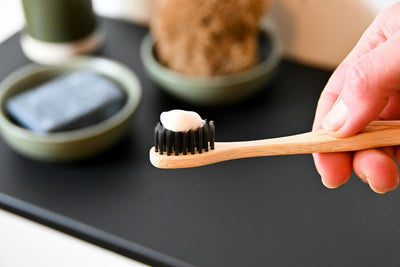
LIVFRESH vs Boka vs David's Toothpaste
March 1, 2025
Your toothpaste can make or break your oral health. The last thing you want is to cause more harm than good every time you brush your teeth, which is why...
Read More >

How to Stop Bleeding Gums
March 15, 2025
You often taste it before you see it: bleeding gums. Whether it’s from flossing or brushing, or in more severe cases, triggered by eating, it is a really common and...
Read More >

How to Prevent Gingivitis: Your Guide to Gingivitis Prevention
February 1, 2025
It’s been said that nearly half of adults in the US over 30 suffer from some form of gum disease, and gingivitis is the first stage. Symptoms include red gums,...
Read More >
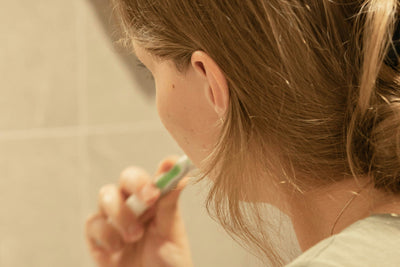
Plaque Removal at Home: How to Remove Plaque From Teeth at Home Naturally
February 15, 2025
Plaque is the root of all evil when it comes to oral health. This sticky biofilm made up of bacteria, food particles, and saliva eventually becomes tartar, and in turn,...
Read More >
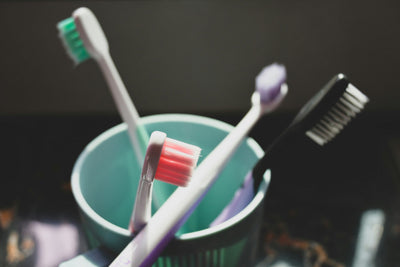
Best Toothpaste for Receding Gums
January 1, 2025
Most people think about things like fresh breath and teeth whitening when choosing a toothpaste. But those struggling with something like gum recession have to take a closer look at...
Read More >
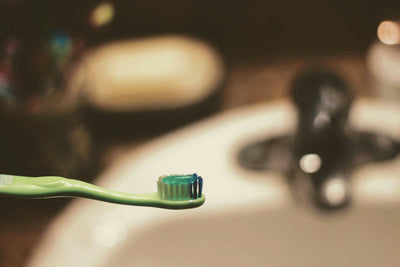
Best Toothpaste for Gingivitis
January 15, 2025
Red gums, bleeding when you floss, a swollen edge along your smile - these are just a few of the hallmark signs of gingivitis, the first stage of gum disease. ...
Read More >

Aquafresh Alternative: Is Aquafresh a Good Toothpaste?
December 1, 2024
Not all toothpaste is created equal. The product you brush your teeth with shouldn’t be an afterthought, as it can make or break your oral health. While you may have...
Read More >
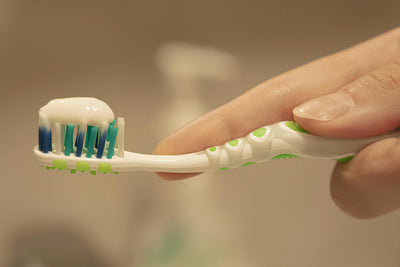
Parodontax Toothpaste Alternative
December 15, 2024
Once you realize the role toothpaste actually plays in your oral health, everything changes, and you’re no longer willing to settle for whatever is cheapest or most convenient. The right...
Read More >

Sensodyne Alternative: What’s the Best Alternative to Sensodyne Toothpaste?
November 1, 2024
Gum and tooth sensitivity can take a toll on your day-to-day life, making something as simple as enjoying hot soup or drinking a glass of cold water painful. Sensodyne toothpaste...
Read More >

Best Toothpaste for Plaque Removal
November 15, 2024
Some people don’t think twice about the toothpaste they use. Others realize it’s the foundation of their oral health hygiene, and won’t settle for anything less than the best toothpaste...
Read More >
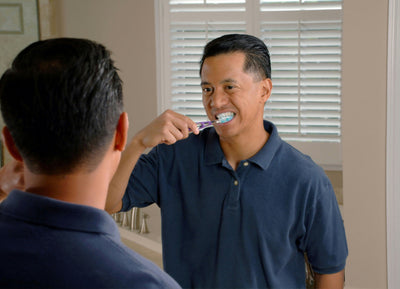
Best Toothpaste for Gum Disease
October 1, 2024
As much as 50% of the world’s population will be impacted by gum disease in some way or another at some point. We simply can’t accept this staggering figure, considering...
Read More >

What Are Teeth Made Of? Understanding The Composition Of Teeth
October 15, 2024
Teeth are an essential part of the human body. They play a crucial role in our daily lives, from helping us to chew our food to providing us with a...
Read More >

Falling Asleep Without Brushing Your Teeth: Why Is It So Bad?
September 1, 2024
If you forget to brush your teeth at night every once in a while, you're not alone. But when failing to brush becomes a bad habit, you could be taking...
Read More >
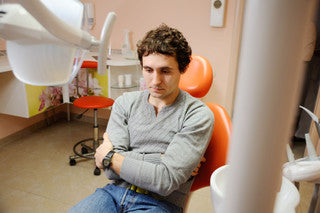
How Do Fad Diets & Fasting Impact Your Oral Health?
September 15, 2024
As the end of the year approaches, many people start thinking of ways to make positive changes to their health. This is the time of year when people are more...
Read More >

An Open Letter To Those Affected By The Fires In Los Angeles
August 1, 2024
An Open Letter To Those Affected By The Ongoing Fires In Los Angeles
Read More >
What Are The Dangers Of Scraping Hardened Plaque Yourself?
August 15, 2024
The World Health Organization reports that 125 million people have dental plaque issues worldwide. The United States accounts for 7.4 million of these cases. Removing plaque is necessary to keep tartar from...
Read More >

The Difference Between Dental Gels And Toothpastes
July 1, 2024
A lot of popular toothpaste brands contain harsh abrasives and ingredients that do not have any role in cleaning teeth. While many people believe the abrasives in toothpaste help keep...
Read More >
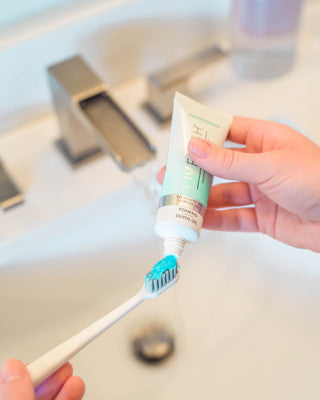
Our Dental Gel Works Wonders On Your Pet's Teeth
July 15, 2024
There are very few pleasures that beat the joy of having a pet around. When your dog comes bounding up to you happily, you want to play with it. But...
Read More >
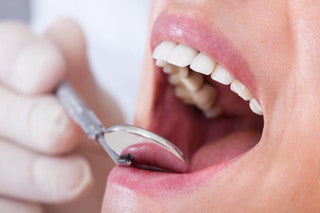
What You Need To Know About Canker Sores And Oral Mucoceles
June 1, 2024
Without warning, sores and growths can develop on or in your mouth. While most common mouth sores and growths do not pose as serious risk to the health of those affected,...
Read More >

The Common Ingredients In Every Toothpaste
June 15, 2024
Brushing our teeth is one of those activities we’ve been doing routinely all our lives. We’ve been told since early childhood that if we are to have the “smile that...
Read More >












